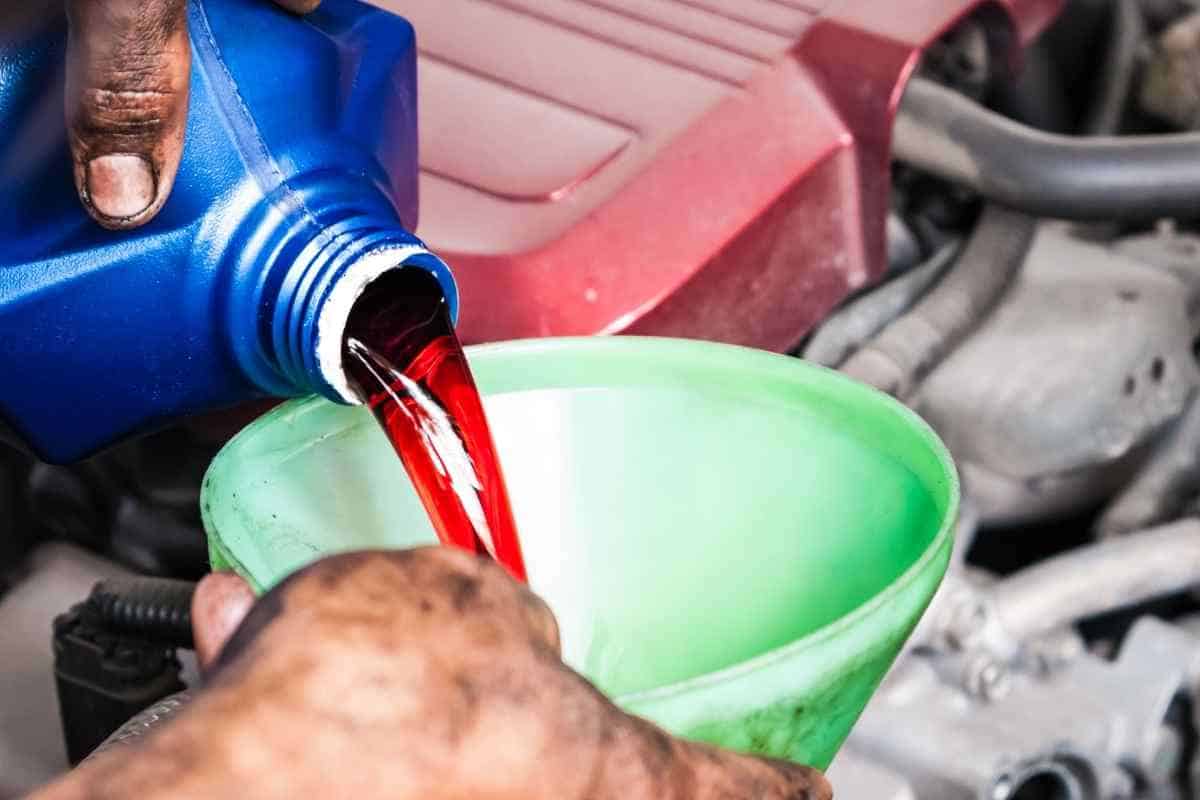How To Fix Power Steering Fault on Ford Escape
Do you have a Ford Escape? Are you having issues with the power steering failing? Are you wanting to fix it yourself, but aren’t sure where to start? If you are finding yourself in this situation, this article can help you learn how to fix the power steering on a Ford Escape with a step-by-step process.
To learn more about the step-by-step process of how to fix a power steering fault on a Ford Escape, keep reading.

Step 1: Who’s Responsible?
If your car’s steering is not working properly, then check what year your car was made and see if there is a recall on it for that problem. In the past, the 2013 Ford Escape had a recall for the power steering because it was leaking liquid.
So check that, and see if Ford is responsible for fixing that issue for you. If not, then determine if it is something for you to fix, or for your mechanic to fix, this depends on your own comfort level with fixing cars.
Step 2: Research
Chances are other people on the internet have made a video about your specific problem on your specific car, so watch some of those to get more knowledge about the problem. This will help you determine if you want to bring it to a mechanic or if you want to fix it yourself, and it will give you lots of knowledge about what is going on with your car.
Then, if you are ready to fix it yourself, get your tools so that you may follow the instructions and begin fixing.
Step 3: Check Fluid Levels
The first thing you will want to do is to check the fluid levels of your power steering. You will want to take the time to get exact measurements to make sure that when you refill the area with power steering fluid you don’t fill it so much that it overflows.
Having exact measurements will also help ensure that you get as much fluid in there as possible to fill it up sufficiently so that there is enough fluid in there to last for a while.
Most containers that hold the power steering fluid will warn you and let you know when the fluid is getting close to being all the way full by changing the color of the fluid. The majority of power steering fluid is red in the container from the store and will change yellow when it is getting close to the top of the container.
This is important to watch to make sure that you are putting a good amount of fluid in, but especially to ensure that you don’t fill the container too high and have power steering fluid overflow and spill all over the vehicle.

Step 4: Look for Damage
The second step is to do a visual assessment of your power steering fluid container both from the hood view and an internal view as well. If you feel comfortable doing this on your own, you can save yourself a trip to the mechanic.
But if you feel that you don’t want to deal with disassembling the front of your car to look for any issues, it would be smart to take it to a mechanic to have it checked out. Checking for damage is important because while everything may look well and in good condition from the outside, there can often be internal damage that needs attention.
In addition to looking for damage, you may also want to take voltage readings of the belt tensioner pulley to see if that is causing any damage as well.
Step 5: Reattachment
The third step is to ensure that both windshield wipers are properly attached. Sometimes if there are issues with the power steering, it can affect the integrity of your windshield wipers as well, so this is just to make sure that everything is in place and is secure. In addition to the windshield wipers, make sure all the bolts are tightened too.
At this point, you should have checked the fluid levels, assessed the areas for any potential damage, and reattached the windshield wipers. If you haven’t found any issues yet then your power steering is most likely fine. However, if you find leaks, they will tell you what you need to do.
Step 6: Stop the Leaking
If you do happen to find leaks, here is the next step you will need to take. Look around and see if you can identify any visual signs of leaking.
If the issue is in the container under the hood, it will be obvious that it is leaking, however, if the issue is actually within the hydraulic lines, it will be a little more difficult to identify.
This is why it’s important to thoroughly check all areas of potential damage. Once you have identified the leak, whether that be under the hood in the container or within the hydraulic lines, you will need to rinse off the leaked fluid with a hose or pressure washer.
Step 7: Fix Each Hose
After identifying the source of the leak and spraying the area down, you will need to fix each hose. This is imperative if the hydraulic hoses are the issue, but it also wouldn’t hurt to tighten them if the fluid container ends up being the issue instead.
You will need to look at the belt tensioner pulley, and if the hoses aren’t connected properly you will need to reconnect them or fix them immediately.
Once they are attached, check for cracks or any places where fluid could leak out and seal them if needed. If the hoses are worn down enough, you may need to replace them altogether.
Step 8: Check Streaming Fluid
If the hoses are significantly damaged and need repairs, it is important to check the streaming of the fluid both before and after so you can compare how well the hoses will hold up.
To accurately check the stream of the fluid, you will need to apply some pressure to push the fluid through the hoses while the vehicle is turned off.
You can do this by pressing firmly on each side of the hose to push fluid out. If there are bubbles that come with the fluid out of the tubes, that is a sign that there is an issue. If there aren’t any bubbles and it’s a clear, uninterrupted stream, the hoses are good to go.
Step 9: Double Check & Tighten
The final step is double-checking everything and making sure it is all attached properly and tightened sufficiently so that there won’t be any leaks in the near future. That being said, as you are going around and securing everything, make sure that you don’t tighten anything too tight that it causes unnecessary pressure on any tubes or bolts, as that can create other issues in the future.
If you find that after all this, there is something that still isn’t quite right, take the vehicle to a mechanic and see if they can find the issue and fix it for you.

having trouble with the power steering going on and off on my 2013 Ford Escape. Many people are having similar issues and commenting about it. Ford is aware of this issue and will not do anything about it..many are talking about a law suit against Ford.
i will not buy another Ford.